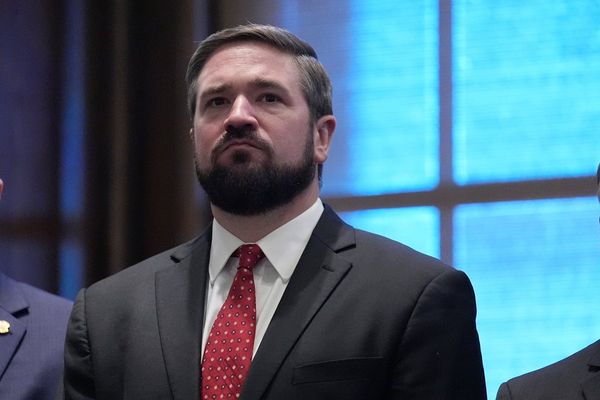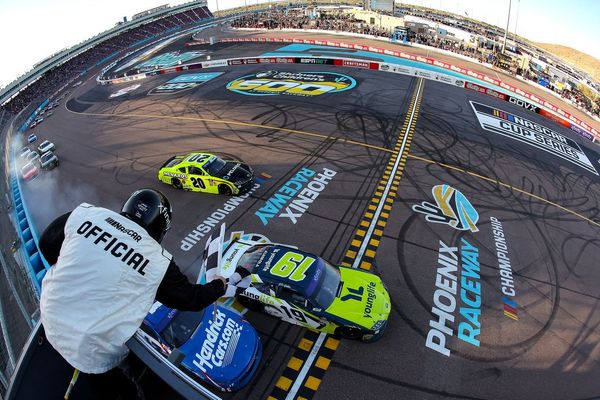Notebook
Covering Sri Lanka’s ongoing protests at Galle Face, Colombo’s charming seafront, exposes me to a lot about this crucial moment in crisis-hit Sri Lanka — the changing dynamics of the struggle, the varied demands coming out of it, the diverse participants and their shared resolve, and the leadership’s stubbornness that is imperilling the country’s economic and political future.
It has also revealed how vulnerable power can become in the face of resistance. Months after he was elected to office with a thumping majority, President Gotabaya Rajapaksa designated an empty plot adjacent to the colonial-era Presidential Secretariat as a “demonstration site’, to tell the world that he was not intolerant to dissent arriving next door. In just two years, protesters set up tents large and small at the same spot that they call ‘Gota go gama’ or ‘Gota go village’ and are refusing to leave unless he quits. The daily sea-side demonstrations that have persisted despite thunderstorms and attacks by ruling party supporters have forced at least some, including Prime Minister Mahinda Rajapaksa, to resign. But Mr. Gotabaya continues to stay in office, seemingly unfazed by the citizens’ fury.
While preoccupied with the many uncertainties and promise of the moment, where youth are seeking a radical departure from the country’s “corrupt”, “failed” political system, covering the protests also leads me to many backstories, some from over half a century ago.
A massive workers’ strike held recently, in support of the protests, brought the country to a standstill. Many likened it to the Ceylonese Hartal of 1953, called by left parties, against the government’s welfare cuts. It was the first major act of resistance by the people against the government in Sri Lanka’s post-colonial history. The spirit of the demands raised then are not very different from what drives the protests today.
Many Tamils of an older generation vividly recall Colombo’s seafront for another reason. It was here that Federal Party members, including its icons and founders S.J.V. Chelvanayakam, E.M.V. Naganathan, and C. Vanniasingham, were on a peaceful Satyagraha in 1956, protesting the Sinhala Only Act, one of the most racist laws to be passed in Sri Lanka. “They were set upon by thugs and rowdies and mercilessly beaten, some even had their clothes torn off, others were kicked and stamped upon, and many were thrown into the [nearby] Beira Lake, while the police looked on from the precincts of the old Parliament,” Sri Lankan legal scholar Nirmala Chandrahasan wrote in a 2012 piece.
Seeing young demonstrators in black, wearing ‘Gota go home’ headbands and passionately chanting slogans for over a month in their hoarse voices, I wonder what this country might have become, had any of the past Sinhalese leaders met the legitimate demands of Tamils in the north, east and hill country. Would Sri Lanka’s economy have shaped up differently had the ruling class responded differently to the demands of workers and ordinary people?
During my interviews with young participants, they often reflect on the country’s past as they re-imagine its future. They speak about the structural discrimination of Tamils and Muslims, state repression, militarisation and justice for the crimes committed during the civil war and against dissidents. They demand an end to corruption, they want their “stolen money back” and economic justice.
At times, these backstories come up when I least expect them — for instance, during a recent interview with a young man doing three jobs while pursuing a degree. As I struggled to ask questions in my grammatically challenged and tentative Sinhala, he reassured me saying it was okay. “I wish I could speak to you in English. It is all because of this man,” he said with contempt. He was pointing to the towering bronze statue of S.W.R.D. Bandaranaike, former Prime Minister and architect of the Sinhala Only Act, overlooking the site.
meera.srinivasan@thehindu.co.in







